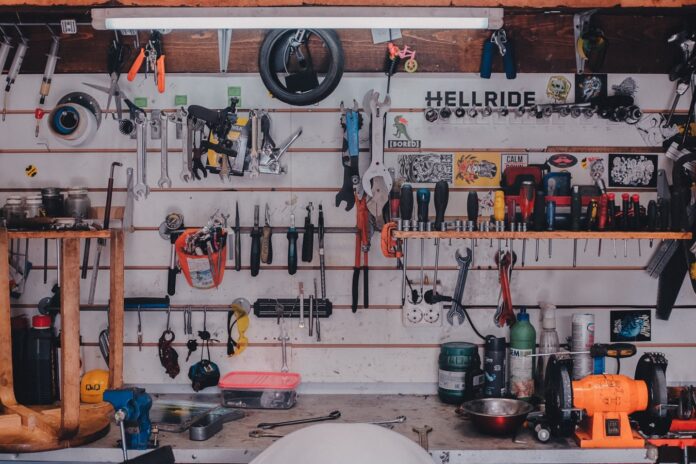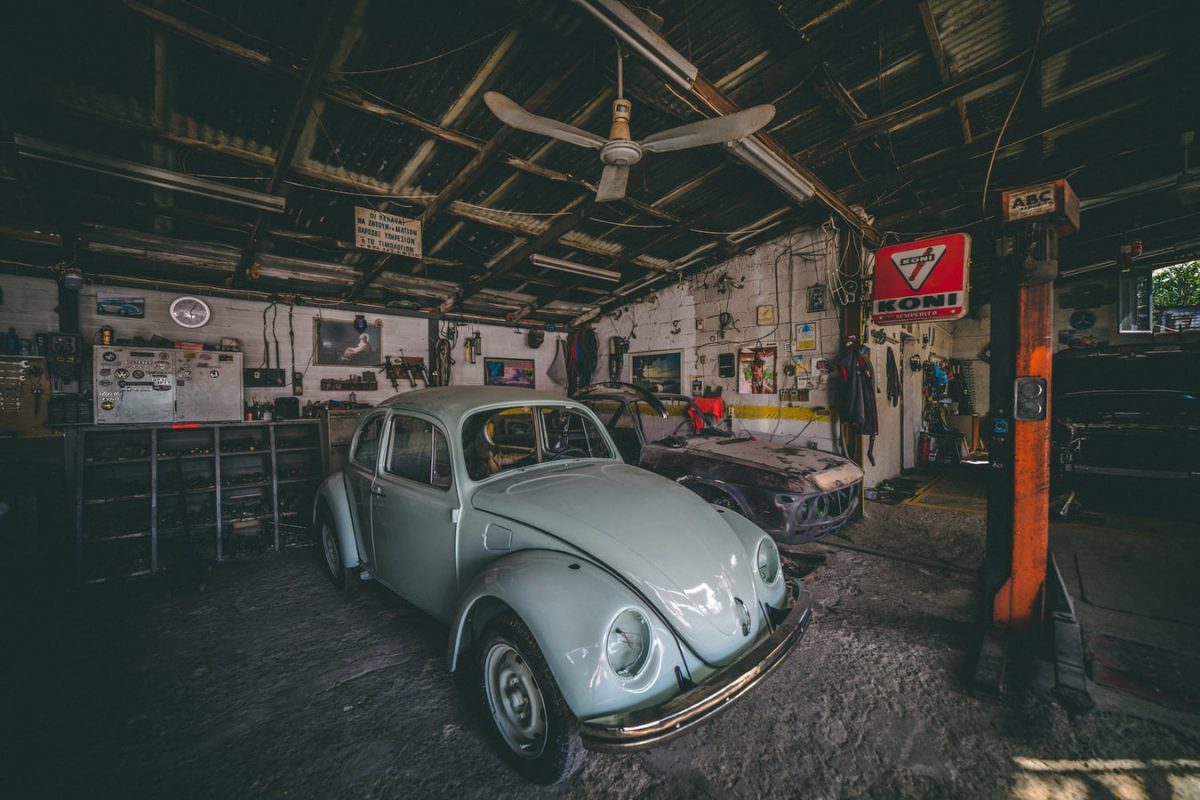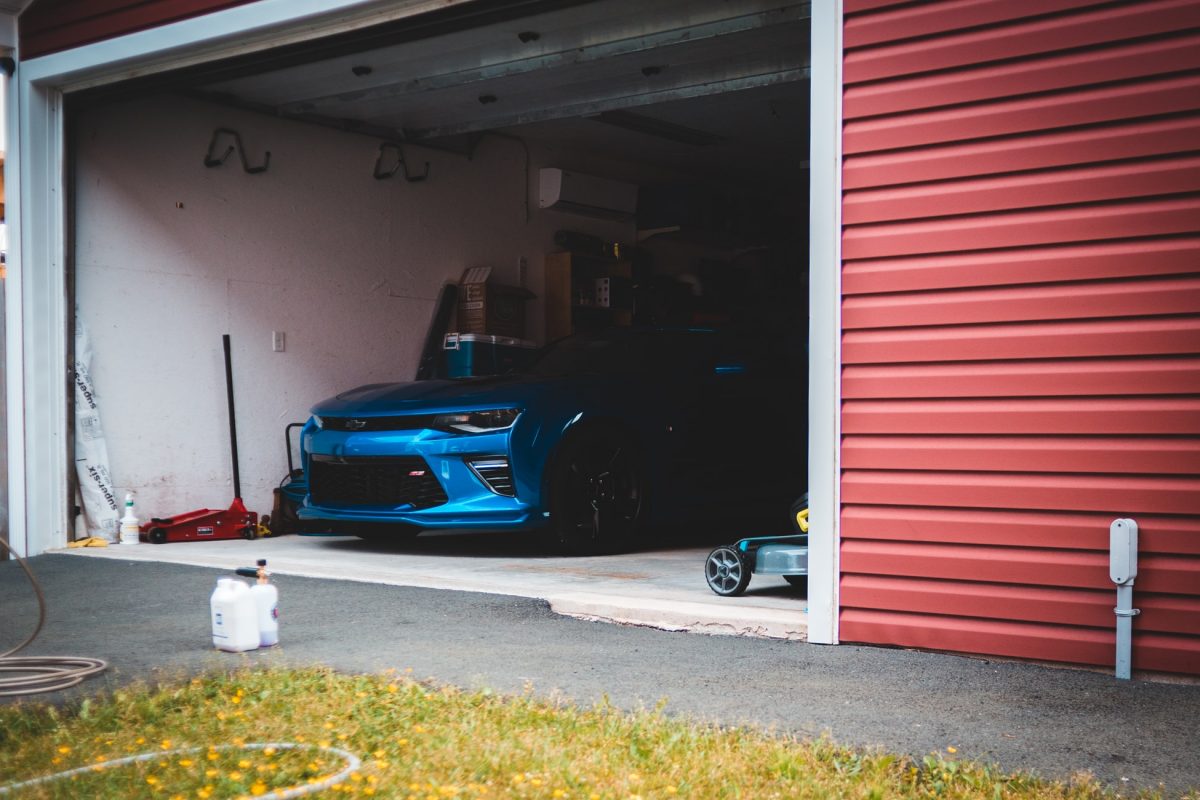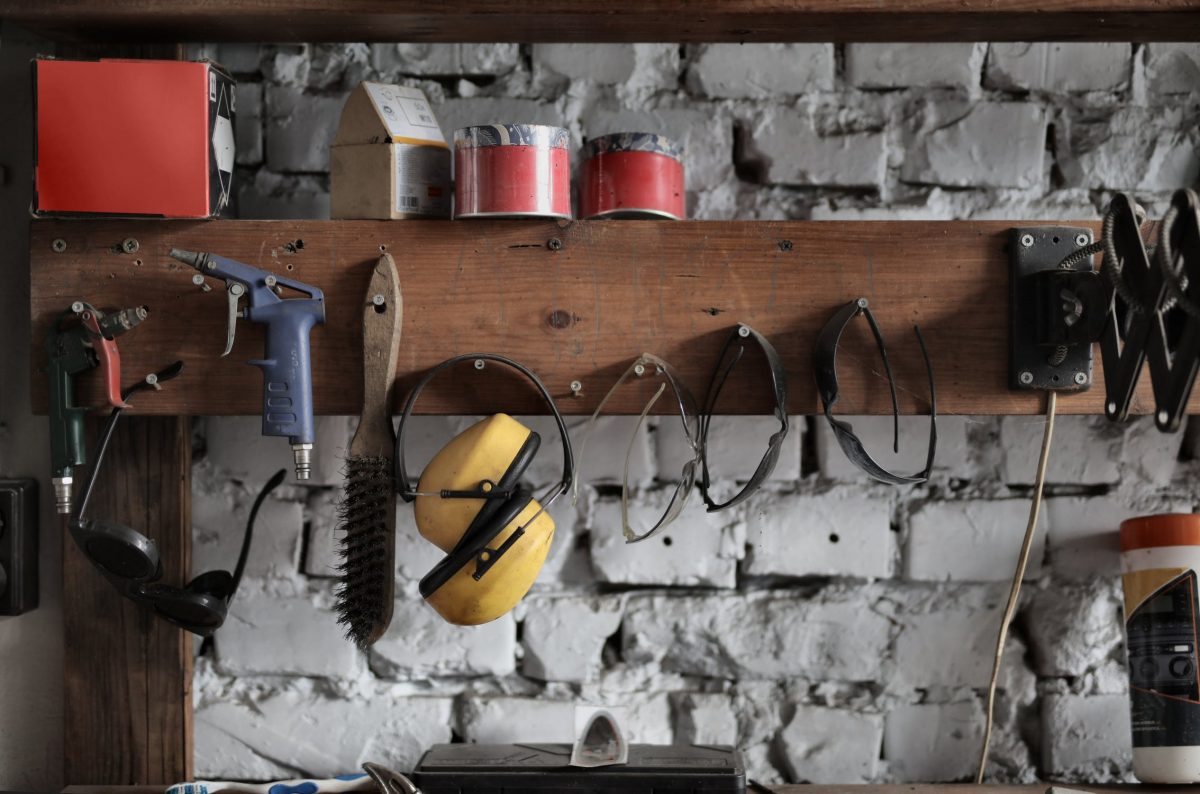
Ordinarily, garages aren’t designed to stay warm when the temperatures outside fall below freezing point. They are not insulated and this means the concrete floors remain chilly all around the year. Even if there is a small space heater running, this impact on the temperature will almost be negligible!
If you find yourself having to add on a couple of layers just to get inside the garage during the winter season, maybe it’s time you consider managing the temperature. Luckily, there are various ways to weatherproof your garage.
The following are 7 tips you can use to maintain warmth inside your garage!

Get a Garage Heater
A heater is a go-to appliance for warming up any interior space. You can install one in the garage but you’ll have to decide whether to go with an electric or gas heater. Both these come with their pros and cons. For one, electric heaters might be expensive but feature a simple installation process. On the other hand, gas heaters are the cheaper option but require a supply of gas, as well as exhaust venting.
To ensure that the fitting is done safely, contract a professional to carry out the process. You’ll also benefit from expert advice on the ideal model to serve your garage. But for the heater to be effective, you need to make sure that there is sufficient insulation to keep the heat from leaking through the walls and floor. Read more about this on www.healthycar.org
Insulate the Garage Door
Physics tells us, in summary, that heat will conduct through solid surfaces, and this is not something you want to happen in your garage if you just installed a heater. As such, you should line the garage door with insulating material to keep the heat within the garage.
Several materials may come in handy for this purpose. You can choose between fiberglass batt and foam board insulation depending on your budget and other preferences. Whichever you settle for, ensure the final fit is snug to prevent any leakages. The best way to be sure of this is to get a professional to fit it for you.

Insulate the Garage Walls
You can’t insulate the door and forget about the walls! This is an extensive solid surface that can conduct a lot of heat energy and allow it to escape. To keep the temperature inside from dropping, treat your walls with insulation to get your heater functioning effectively.
As you did with the garage door, allow a professional to do the fitting on the walls. Remember, the heater will only work to keep your garage sufficiently warm if the insulation is done right. If you’re not an expert at this, don’t turn it into a DIY project.
Repair and Replace Weatherstripping
Keep the cool breeze from outside where it belongs by repairing the weatherstripping inside the garage or replacing it altogether. Weatherstrips basically create a weather-tight seal between the garage and the garage opening, ensuring that no draught gets inside.
But thanks to wear and tear, these useful components can start to crack and peel off, which makes them less and less effective as time goes. So, you want to assess the weatherstripping to check for any signs of cracking that may let in cold air. If any, get someone to replace them for your garage heating project to work successfully.

Get Rid of Other Sources of draught
Aside from the activities mentioned above, you still want to make sure that all gaps that may permit cold air inside the garage are sealed off appropriately. This is a common oversight that many people make when trying to weatherproof their indoor spaces. Generally, the three main sources of draught include:
Garage Door Frames
The garage door usually doesn’t fit snugly in its frame, and you’re likely to spot tiny gaps spread all-around when you examine your garage door. On the bright side, this is an issue that you can solve relatively fast and easy. Just get an integrated weatherstrip seal to block the gaps.
You can find this in your neighborhood store and the good thing is that you don’t have to hire a professional to do the setup! Regardless, you still want to be careful not to leave behind any air inlets that will undermine your efforts.

Gaskets
If your garage door has been around for more than a while now, then you might want to consider replacing the gasket, which runs along the underside of the door. Gaskets are meant to block cold air from getting in from below. These become brittle over time and eventually crack, which threatens their integrity in keeping out the air.
If this has happened to your garage door gasket, you’d be wise to replace it with a new one. When you go to buy the gasket, remember to choose a size that fits your door properly. Measure the width of the garage door before picking the new gasket.
Windows
Windows can also get loose and allow in the cold breeze from outside. To make the windows air-tight, treat them with shrink-type film inside the surface of the window. You should do this with a highly adhesive tape then use a hairdryer to heat the film so that it shrinks into a snug fit. This will be sure to keep the cold air outside.

Consider Caulking
Caulking is another important step you can take to keep your garage warm by ensuring that any overlooked gaps and cracks around the garage door, windows, and any other areas are blocked. The process utilizes a sealant and application gun to do this and the rule of thumb is that always caulk any region where two different materials meet, e.g. wood and brick.
Before caulking, you want to first clean and dry the surfaces to prevent any moisture from getting sealed in.
Consider Installing Radiant Heat on the Garage Floor
Your garage floor also needs to stay warm, and this will especially be important if you want to work on your vehicle during the cold season. Laying down on the frosty concrete floor when working on the engine can be a nightmare for anyone.
However, you can correct this by installing a radiant floor heating system to keep the floor temperature up. Also, you want to note that this solution is reserved for those who are either constructing a new garage or those planning to tear apart the current surface and build a new concrete floor to replace it.

Conclusion
For people who like to stay active during the winter season, the garage can be as useful as any other room inside the house. If you feel you’re going to be spending some decent time in the garage to work on some DIY projects, you must try and raise the temperatures inside.
The above guide provides you with crucial tips and tricks that will keep your garage warm and make it more occupiable in the winter months!
















